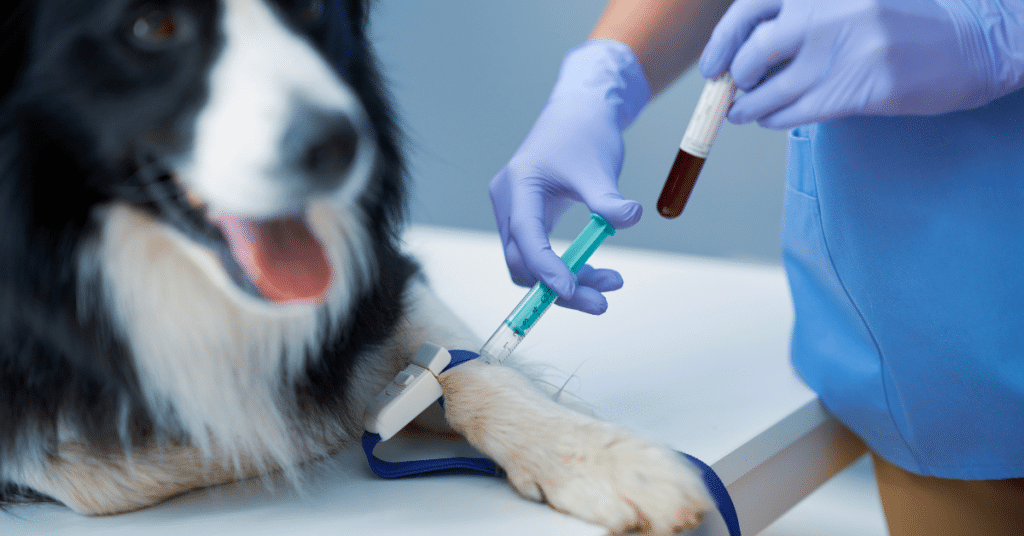Medical Waste in Veterinary Practices
Preventing the transmission of Zoonotic diseases with proper medical waste disposal.
With the rise of zoonotic diseases prevalent, it is important to understand how to prevent transmission to the human population. Zoonotic diseases can spread via airborne, foodborne, waterborne, and vector-borne. Most commonly the germs that cause the transfer of zoonotic disease are from direct contact, however, they can result from indirect contact. The best approach to avoiding zoonotic diseases in veterinary practices would be prevention. Prevention can include many plans but having proper medical waste management is one of the most important.
So, what is proper medical waste management when dealing with animals and the possibility of zoonotic disease? Any animal that is suspected of having a transmissible disease, needs extra care when handling medical waste used on or from the animal. Knowing what kind of waste you have is important to understand and to know how to dispose of it properly. Sharps, infectious medical waste, hazardous medical waste, and radioactive medical waste are all materials that need proper disposal.
Sharps
Each state and county have specific guidelines that need reviewing by the practice as it could include glass coverslips and slides. Syringes, needles, and scalpels also fall under the category of sharps. The use of proper containers for the disposal of items that are contaminated with infectious pathogens is imperative. Any of these items that are contaminated with potentially infectious pathogens need to be disposed of with the proper containers.
Infectious medical waste
Infectious medical waste in veterinary practice needs proper management with extreme care, especially in cases of infectious pathogens. Items that fall under this type of waste include personal protective equipment, iv tubing, wound dressings, sharps, and body tissues or organs. In addition to proper universal disposal guidelines, practices should check with their state and county on specific guidelines for proper disposal.
*Pathological waste – (tissue & organ) cannot be disposed of with regulated medical waste; it must be incinerated.
Hazardous medical waste
Sharps and Infectious medical waste are the most common forms of waste that could cause zoonotic disease transmission. However, practices that have hazardous waste should dispose of it properly. Most commonly items would include medications, poisons, corrosives, herbicides, and pesticides.
Radioactive medical waste
Although radioactive waste is not as commonly used in veterinary practice, it still needs proper disposal. This includes items such as bone mineral analyzers, portable fluoroscopic imaging devices, and brachytherapy sources and devices. Any disposable item that comes in contact with radioactive rays needs careful management and proper disposal.
Proper Medical Waste Management
There are distinct ways to dispose of each of these diverse types of medical waste and additional information regarding bin sizing is explained in Proper Disposal of Regulated Waste. In addition, “Each state, and in many cases, each county in the U.S. has specific rules for medical waste management. These guidelines typically complement the Federal rules but may extend beyond to incorporate additional classifications and definitions. Staff training is a priority, but it is also just as important to ensure that all receive updates on information and waste handling.”
References
Stull, Jason W, et al. “Reducing the Risk of PET-Associated Zoonotic Infections.” CMAJ : Canadian Medical Association Journal = Journal de l’Association Medicale Canadienne, 14 July 2015, www.ncbi.nlm.nih.gov/pmc/articles/PMC4500695/.
“Veterinary Uses of Nuclear Materials.” NRC Web, www.nrc.gov/materials/miau/med-vet.html. Accessed 21 June 2023.
“Zoonotic Diseases.” Centers for Disease Control and Prevention, 1 July 2021, www.cdc.gov/onehealth/basics/zoonotic-diseases.html.



